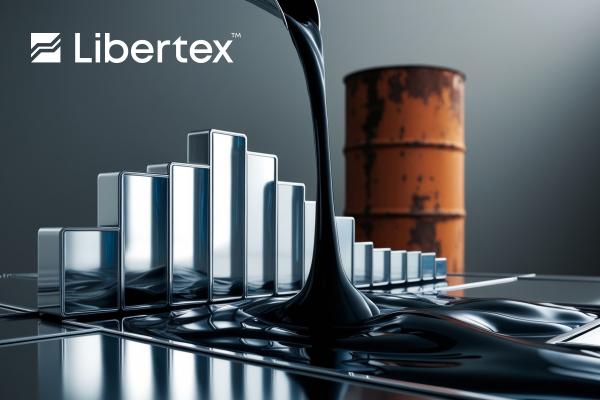With all the buzz around AI stocks and crypto, oil and gas seem to have fallen off many investors' radars. If we cast our minds back a couple of years, however, we'll surely all remember just how expensive these crucial commodities became in the summer of 2022. The Brent hit a high of $122.70 per barrel, compared to its current value of $78.12. At the same time, Europe's heating method of choice, natural gas, also increased significantly. The Dutch TTF Natural Gas Futures chart rose by nearly ten times the amount of its December 2020 level to reach a whopping €290.05 per MWh in late August of last year, while the Henry Hub recorded a zenith of $8.81 in this same month.
What followed could only be described as a seemingly unstoppable race to the bottom. Over the ensuing year, the commodity lost all of its post-pandemic gains and then dropped even further during the first quarter of 2024. The US natural gas spot price now sits at $2.53, but it was wallowing at a low of $1.60 just two months prior. So, what is behind this sudden surge, and does it mean that gas is in for more gains in 2024? In this article, we'll look at the main driving forces that will determine natural gas's trajectory this year and beyond.
What goes down must come up
We've all heard the famous axiom that what goes up must also come down, but the reverse is often also true, particularly in the essential commodities markets. And there's no denying that natural gas is still at historically low levels. Even after this latest 55% gain, the Henry Hub is still below its 20-year average. Indeed, from 2001-2010, the average price was more than double its current dollar level. When adjusting for the significant inflation since then, gas is cheaper than ever.
In its June STEO (short-term energy outlook), the EIA projects that the Henry Hub spot price will average $2.46 per million British thermal units (MMBtu) in 2024 and $3.24 per MMBtu in 2025. In its previous May STEO, the EIA projected that the Henry Hub spot price would average $2.18 per MMBtu in 2024 and $3.09 per MMBtu in 2025. After building up huge reserves in 2022-2023, natural gas injections into storage so far this injection season (April–October) are below the five-year average (2019–2023). Furthermore, it is thought that low prices have led to many producers reducing gas-focused drilling and production, which will inevitably lead to higher prices over time.
Supply and demand
Despite the good reason to be bullish short term on gas, we would be wise to remember that there is a longer-term shift in energy policy taking place that will see fossil fuel demand decline. According to the EIA's Gas 2023 Medium-Term Market Report, global gas demand is currently on course to rise by an average of 1.6% per year between 2022 and 2026, down from an average of 2.5% a year between 2017 and 2021. At the same time, this decrease in demand is tipped to be most pronounced in mature markets, a collection of countries representing nearly 50% of global gas consumption.
The upshot of this is that growth will be mostly concentrated in gas-rich economies in the Middle East and Africa, which can supply their own needs comfortably and in fast-growing Asian markets. China alone is projected to account for close to 50% of the total increase in global natural gas demand between 2022 and 2026 as it pivots to the fuel for a cleaner way to meet its industrial production and power sector demands. China and other regional consumers will almost certainly opt for cheap and proximate Russian gas, which will be in even higher supply following the closure of European pipelines amid ongoing geopolitical turmoil. Consequently, the US Henry Hub will not benefit from the increased demand and may even be pushed down indirectly by the plentiful and easily transportable Russian alternative.
Finally, an increase in the amount of new liquefied natural gas (LNG) capacity coming online in 2025 and 2026 is expected to ensure downward pressure continues to be exerted on prices as global LNG capacity stands to expand by 25% between 2022 and 2026.
Trade oil and gas CFDs with Libertex
As the world remains poised on a knife-edge, where the energy markets are truly headed in the short-to-medium term is anybody's guess. But whatever happens, Libertex will give you the opportunity to trade energy CFDs on long or short positions. Libertex offers a range of energy CFDs from Brent, WTI and Light Sweet oil to Henry Hub natural gas, as well as a vast array of CFDs on related stocks, including Exxon Mobil and Total. For more information or to create your own account today, visit www.libertex.com/signup


